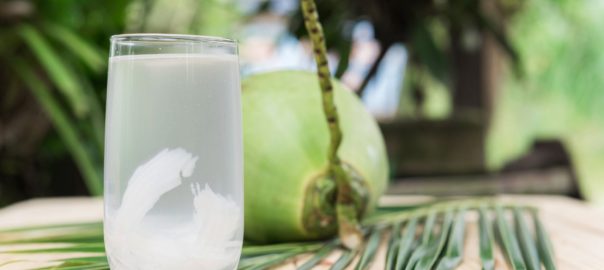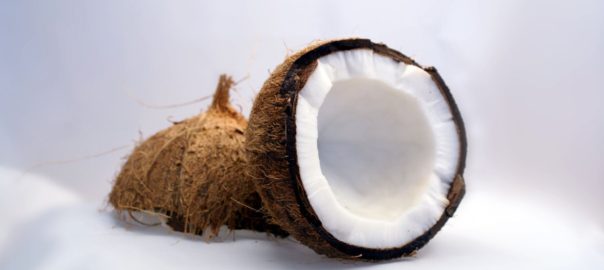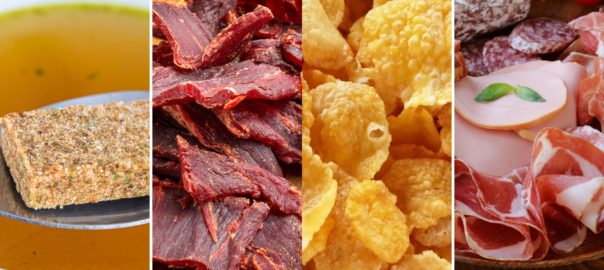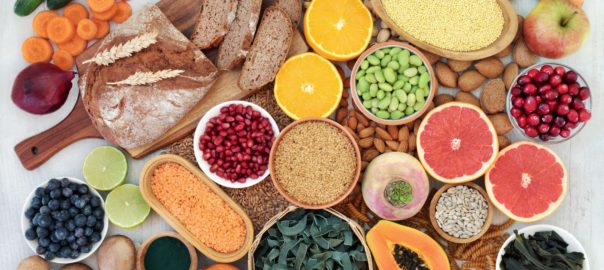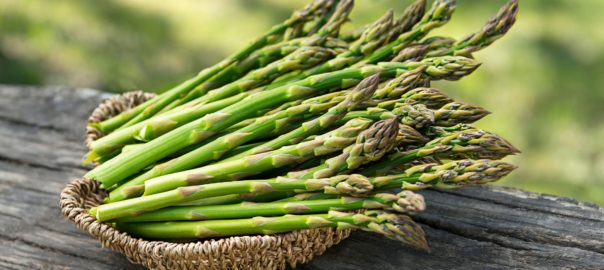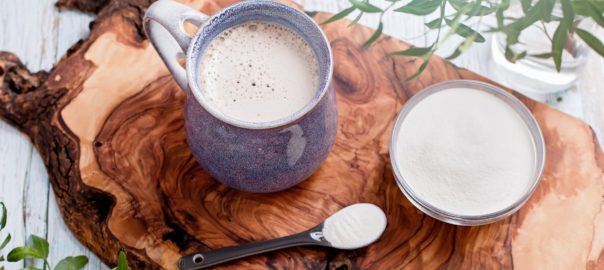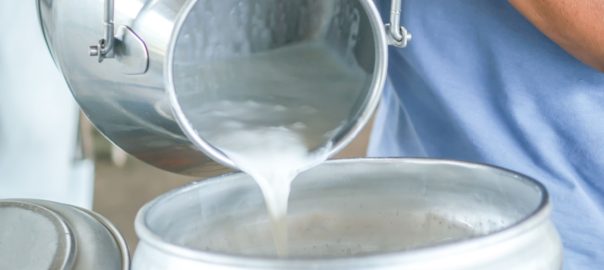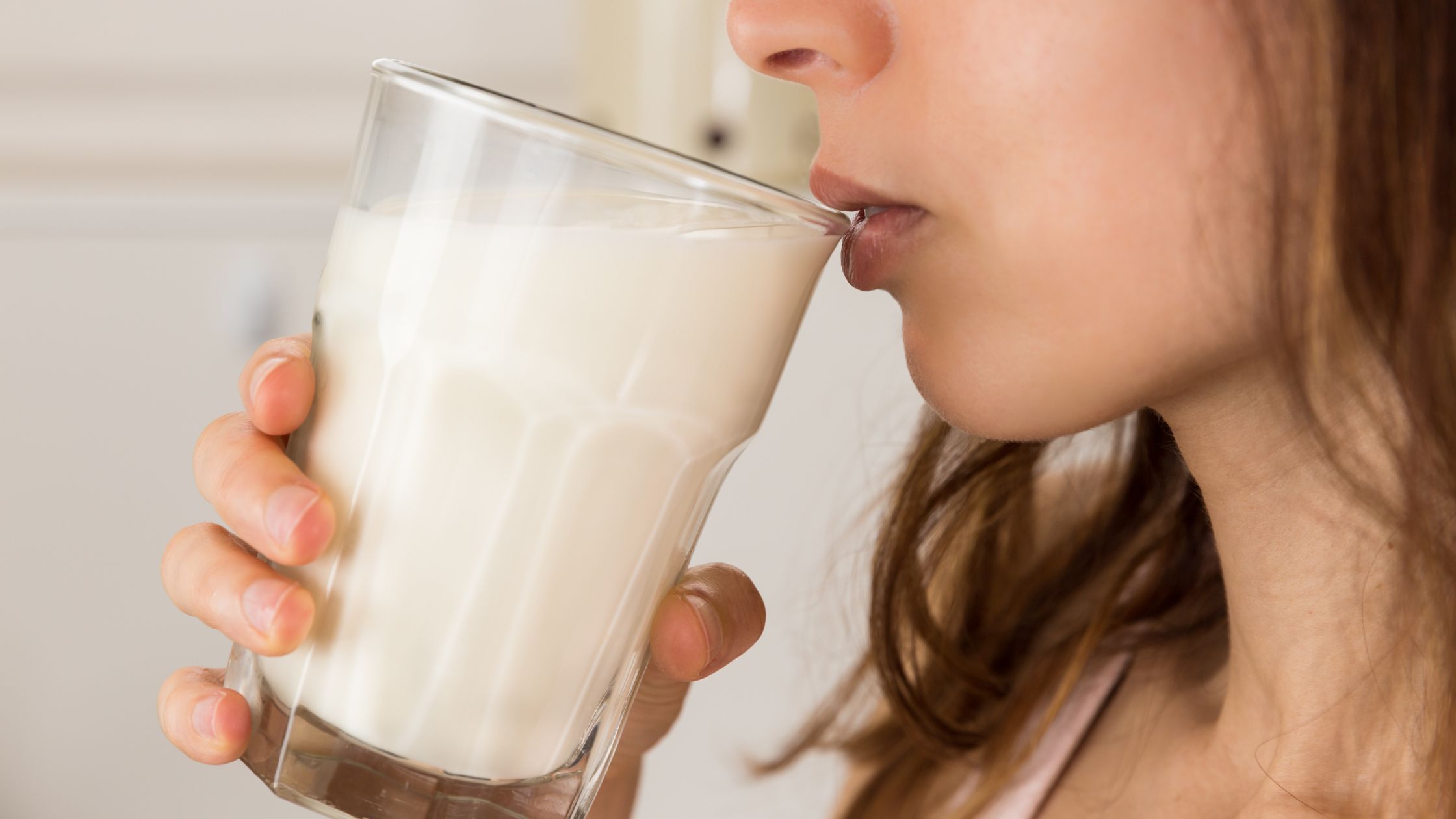Commonly called “heart burn”, acid reflux disease is a condition in which the liquid content of the stomach regurgitates (backs up, or refluxes) into the esophagus. It can be not only annoying but painful.
What is Acid Reflux?
The reflux of the stomach's liquid contents into the esophagus may occasionally occur in many individuals. However, when heartburn becomes acid reflux disease or Gastroesophageal reflux disease, commonly referred to as GERD, it can be a significant problem. GERD is when acid reflux and heartburn become chronic and flareups happen at least twice a week. It is not so much as too much acid but stomach acid in the wrong place. GERD is one of the most common gastrointestinal disorders, affecting approximately 20% of adults.
Do you wonder if you are suffering from acid reflux or GERD? Some signs and symptoms include regurgitation of stomach acid, bitter taste in the mouth, difficulty swallowing, stomach or chest discomfort, heartburn, chronic sore throat, hoarseness, and even dental challenges because of the acid re-entering the mouth.
What Can Cause Acid Reflux?
Stress
With stress it can be about the choices we may make while stressed such as eating more, drinking alcohol, smoking or sleeping less – all things that can affect acid reflux. A recent study found that anxiety and depression play an essential role in the development of GERD.
Obesity or being overweight
The excess body weight can put unwanted pressure on the belly area, pushing the contents of the stomach up into the esophagus. Excess weight can also impair the ability of the stomach to empty efficiently.
Sedentary lifestyle
Physical activity can help maintain a healthy weight. Walking has been found to help keep the lower esophageal sphincter (LES) closed while sitting can put undue pressure on the LES.
Smoking
It can reduce the function of the esophagus and also increase acid secretion.
Sleep and the timing of meals
It is recommended to avoid eating at least 3 hours before going to bed if you suffer from acid reflux. Elevating the head of your bed can be helpful; the whole bed not just raising your head with an extra pillow.
Tight clothes
Clothing being too tight can worsen acid reflux similar to having extra weight in the belly area.
Pregnancy
Pregnancy can cause an increase in pressure from the growing baby and elevated levels of the hormone progesterone can relax the esophageal sphincter.
Hiatal hernia
It is present in approximately 20% of those with acid reflux. It occurs when the upper part of your stomach bulges through the large muscle separating your abdomen and chest.
Medications
Taking medicines can have side effects and one of them is acid reflux. Examples include steroids, birth control pills, aspirin, NSAIDS, muscle relaxers, and some blood pressure medication are examples that can affect acid reflux.
Foods that can trigger acid reflux
There are foods that can aggravate acid reflux and it will vary from one person to the next, but some common big offenders include:
- Coffee as it relaxes the LES.
- Alcohol also opens and relaxes the LES.
- Carbonated drinks have bubbles that expand in the stomach which then puts pressure on the esophageal sphincter.
- Citrus fruits and tomatoes are acidic and lead to heartburn.
- Chocolate contains a chemical that can relax the LES.
- Spicy foods are known to irritate the esophagus.
- High fat and fried foods can take more time and more stomach acid to digest which delays the stomach from emptying thus relaxing the LES.
- Raw garlic and onions can stimulate stomach acid.
- Peppermint also relaxes the sphincter.
Healthy Approach to Acid Reflux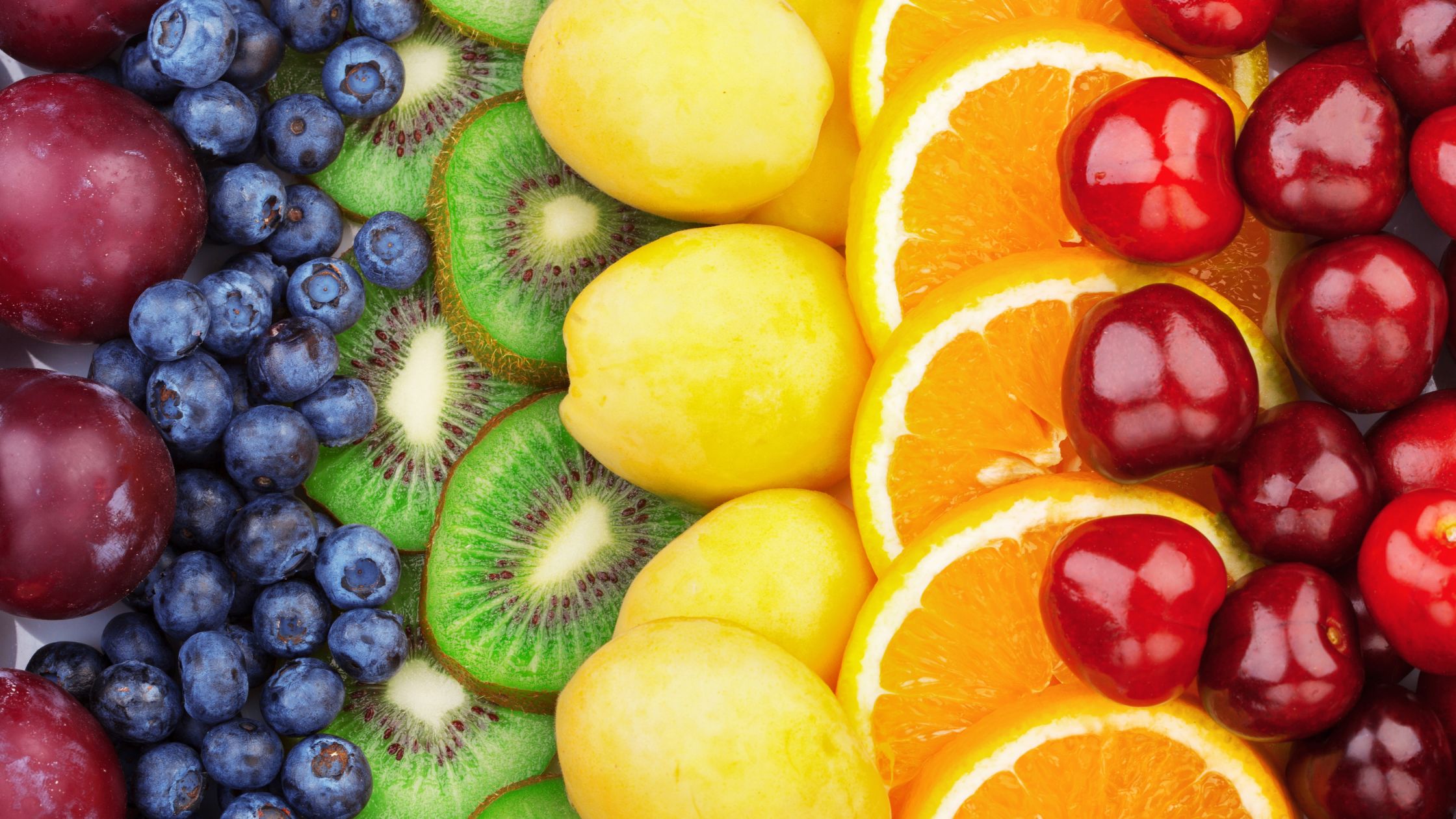
Taking a holistic approach to treating and managing acid reflux can often alleviate many symptoms. As stated earlier physical activity and maintaining a healthy weight are great for acid reflux and your overall health. Eliminating the above list of trigger foods is another step. The next step is to begin to eat a diet rich in whole foods such as fresh fruits, vegetables, grains, quality protein, and healthy fats. As you remove irritating foods and begin eating nourishing ones, your body can begin to heal.
There are also digestive enzymes and specific herbs that can be taken to manage and improve symptoms of acid reflux. Digestive enzymes are extremely important to properly digest food and if you are lacking them, it can be a challenge for those with GERD. I have a great post on digestive enzymes you can check out here.
Herbal teas that can be helpful for GERD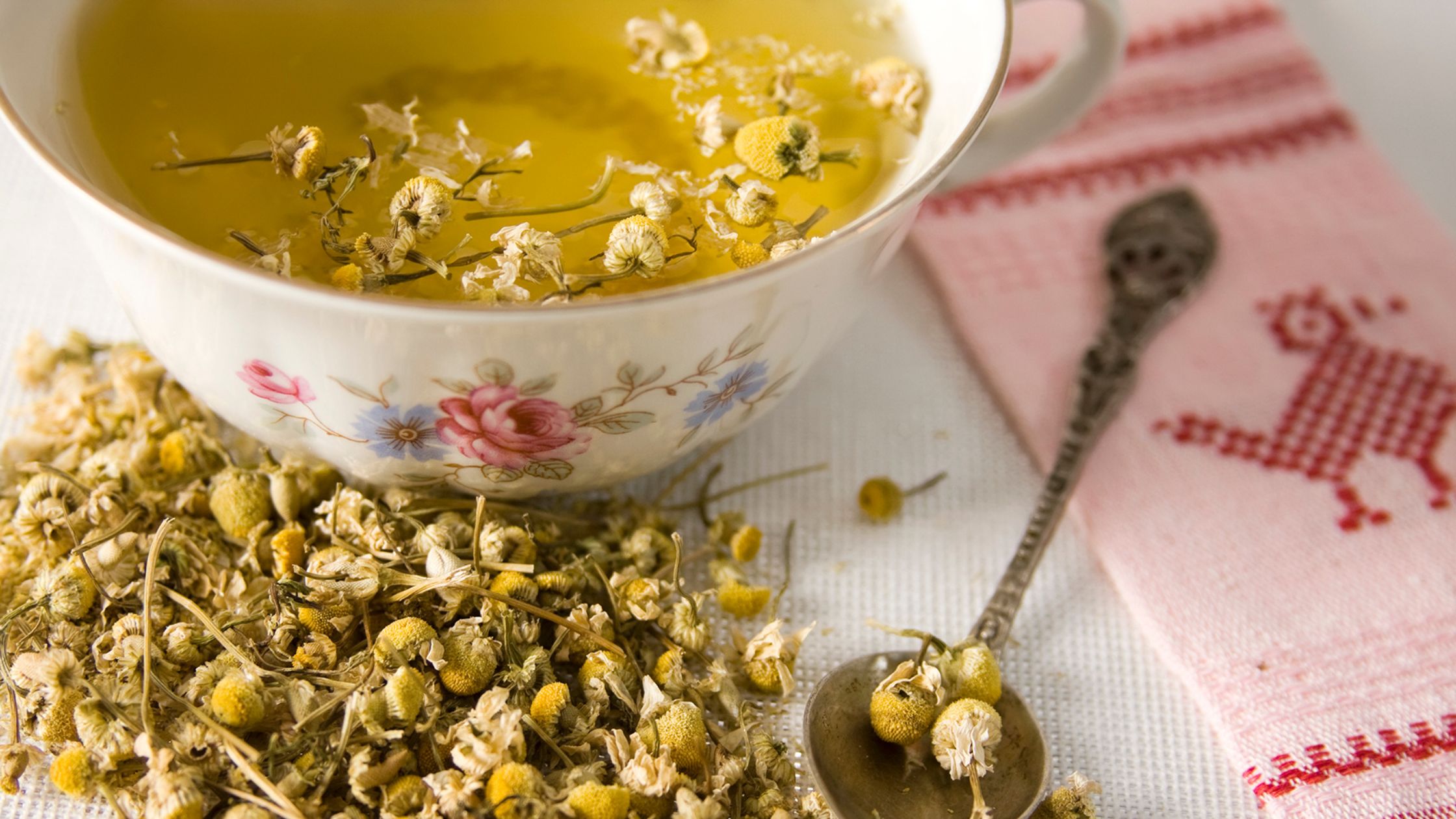
- Chamomile is anti-inflammatory but avoid if you are allergic to ragweed.
- Licorice helps increase mucosal coating of the esophagus.
- Ginger is anti-inflammatory.
- Slippery elm is soothing and can increase intestinal mucus production.
- Marshmallow root is soothing and highly mucilaginous.
To make the teas take 1 teaspoon of herbs per cup of hot water, steep leaves or flowers for 5-10 minutes, strain and drink. You can consume up to 3 cups per day.
*Note: some herbs can interfere with your prescription drugs so be sure to talk with your doctor or pharmacist before adding herbal remedies to your routine.
Yes, there are many conventional treatments, both prescription and over-the-counter options; but using diet and lifestyle options and working with a holistic practitioner can be a great option! Using a more holistic approach is not likely to have side effects, also.
Sources
- Antunes, C., Aleem, A., and Curtis, S. (July 4, 2022). Gastroesophageal reflux disease. National Library of Medicine. Retrieved from https://www.ncbi.nlm.nih.gov/books/NBK441938/.
- Godman, H. (April 13, 2018). Digestive enzyme supplements for heartburn? Harvard Health Publishing. Retrieved from https://www.health.harvard.edu/blog/will-digestive-enzyme-supplements-help-your-heartburn-2018041313643.
- Yang XJ, Jiang HM, Hou XH, Song J. Anxiety and depression in patients with gastroesophageal reflux disease and their effect on quality of life. World J Gastroenterol. 2015 Apr 14;21(14):4302-9. doi: 10.3748/wjg.v21.i14.4302. PMID: 25892882; PMCID: PMC4394093.


